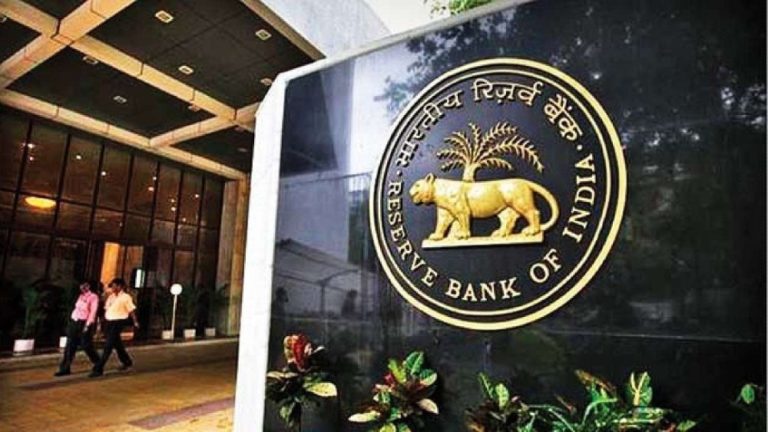The Reserve Bank of India will present its third bi-monthly monetary policy for FY22 on Friday, 8 October 2021. Since March 2020, RBI has reduced repo rates to a record low of 4 percent through two rate cuts of 75 bps in March 2020 and 40 bps in May 2020. Since then, the RBI has refrained from taking any action on interest rates. This policy comes in the backdrop of a gradual improvement in the domestic economic conditions and an increased pace of vaccination that is boosting consumer sentiments and confidence.
The Reserve Bank of India’s Monetary Policy Committee is expected to keep a status quo on key policy interest rates and accommodative stance in its upcoming policy review when the economy is expected to see the much-awaited boost in consumption triggered by festive demand. While the possibility of increasing the reverse repo rate cannot be ruled out.
The RBI’s announcement would however be closely watched to see how it addresses underlying and emerging concerns over price level, the rise in bond yields, and the surplus liquidity conditions.
In the October meeting, the markets will be watching for RBI’s signals on addressing the liquidity glut along with the normalization of reverse repo rates. For the last two and a half years, the banking system has been flushed with surplus liquidity. This has now been facilitated by the low demand for bank credit along with an increase in bank deposits.
In the current financial year (April-10 September), the fresh or incremental deposit inflows since the end of March 2021 have grown by 3.1 percent, whereas the bank credit outflows have witnessed a degrowth of 0.3 percent, indicative of low demand for credit, deleveraging by borrowers as well as risk aversion by the bank. The liquidity surplus has widened to record highs and the RBI is seeking to rein in the excess liquidity. The liquidity surplus averaged Rs 7.9 lakh crore in September 2021, a notable increase from the surplus of Rs 4.9 lakh crore during April-June 2021. Globally, the combination of elevated commodity prices, Covid related disruptions, vaccination progress, and policy support led economic revival have resulted in an acceleration in inflation in most of the developed and developing markets.
















